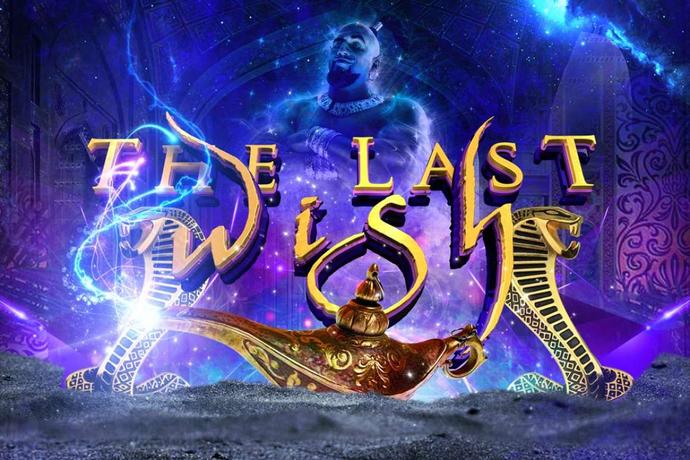

(Advertisement urging the peaceable breakup of an abolitionist meeting in New York via Library of Congress, public domain) Congress passes gag rule to limit anti-slavery speech Opposition to abolition led to the limiting of some First Amendment freedoms. Forceful abolitionists led to tensions in the North and the South. In the wake of these events, Alabama, Georgia, North Carolina, South Carolina, and Virginia published open letters and sent official communications to northern states urging them to control the disruptive activities of abolitionists. In 1834–1835, such tensions resulted in riots in New York City and in Philadelphia. Nat Turner, an enslaved preacher, led an uprising in 1831 in Virginia, which responded by banning nighttime religious services for slaves.Ībolitionist preaching led to heightened tensions in the North as well.

In response to mass mailings of the Liberator, North Carolina passed laws to forbid teaching blacks to read or to provide them with reading material. Within a few years, they would organize the Underground Railroad to help slaves escape.

Forceful abolitionists led to heightened tensions, limits on First Amendment freedomsĪbolitionists began to push more forcefully, urging “any means necessary” to defeat slavery. Eventually the tariff was repealed, but the legal justification of independent state action had been broached. Calhoun provided that means with his impassioned advancement of “nullification” of federal laws. Having barely recovered from the Panic of 1819, economic interests in the South cast about for a way to fight back. The tariff of 1828, designed to aid Northern manufacturers by increasing the cost of imported goods, also raised fears of economic pain. The realization that blacks in several states actually outnumbered whites made residents of slave states all too aware of their tenuous position of power. Only the betrayal of Vesey by some of his army prevented his plan from being put into practice. Vesey had organized to lead an army of slaves through Charleston, killing white people in their path. The 1822 revelation of Denmark Vesey’s planned slave rebellion in South Carolina shocked southerners. Abolitionists opposed it because it allowed slavery to continue to spread in some of the areas. Extreme pro-slavery elements objected to it because it provided a precedent by which Congress had power to regulate slavery. In fact, it satisfied only the moderates on both sides. The 1820 Missouri Compromise was crafted to accommodate the demands of pro-slavery as well as pro-abolition movements. Several events created an atmosphere of fear in the South so that measures to thwart abolitionism could be passed under the guise of maintaining peace and order. Events in the 1820s created fear of abolition in the South It prompted defenders of slavery to use legal and some illegal means to stem the tide of anti-slavery sentiment, including limiting the ability to speak against the practice of slavery. The movement to abolish slavery - which is usually tied to William Lloyd Garrison’s founding of the abolitionist newspaper the Liberatorin 1831 - spread swiftly and ferociously. (Image via Wikimedia Commons, public domain) Before the war, slave-owning states passed laws banning abolitionist expression, and Congress adopted a gag rule that prevented any mention of abolition or banning slavery. Abolitionists widely distributed this medical examination photo of a slave at a Baton Rouge union camp to expose the brutality of slavery.


 0 kommentar(er)
0 kommentar(er)
